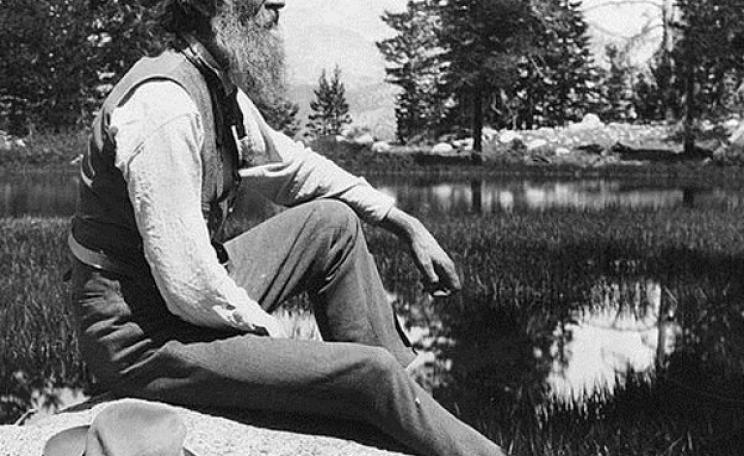A study published in the Journal of Applied Ecology describes how rabbits were introduced to sub-Antarctic Macquarie Island in 1878 by sealing gangs. The rabbits’ presence led to a subsequent increase in the island’s feral cat population, but when the rabbits were controlled through the introduction of the myxomatosis virus in 1968, the cats turned to the island’s burrowing bird population for food instead.
The islanders then set about eradicating the cats – which had been introduced in 1818 – and killed the last animal in 2000. Since then, the rabbit population has bounced back, and has now reduced some areas of vegetation to bare ground.
The effect – known as a ‘trophic cascade’ – will cost the islanders dear:
‘Our study shows that, between 2000 and 2007, there has been widespread ecosystem devastation and decades of conservation effort compromised,’ said lead author Dana Bergstrom. ‘The lessons for conservation agencies globally is that interventions should be comprehensive, and include risk assessments to explicitly consider and plan for indirect effects, or face substantial subsequent costs. On Macquarie Island, this cost will be around A$24 million.’
The study was released just weeks before environmental historian Professor Christopher Smout published a book describing campaigns against invasive species as ‘almost quasi-racist’.
In an interview with the Independent newspaper, Professor Smout pointed to the cull of American ruddy ducks in order to prevent them breeding with European ducks and creating a genetic ‘mishmash’.
‘I don’t think that’s a scientifically valid point of view,’ he told the paper. ‘Our attitude to alien species is culturally determined and sometimes you end up with rather bizarre actions by scientists.’
The RSPB described Smout’s comments as ‘outrageous’.







